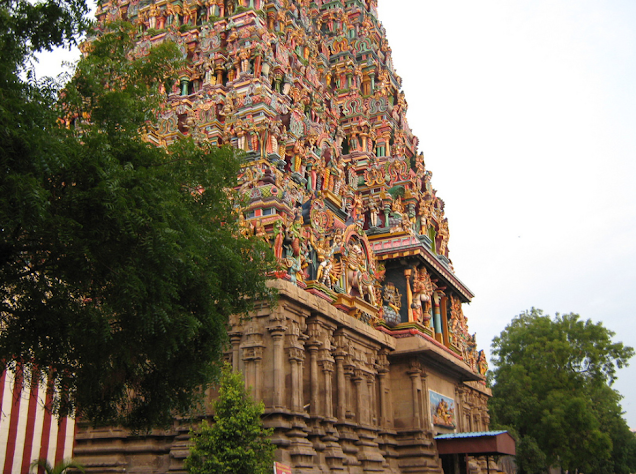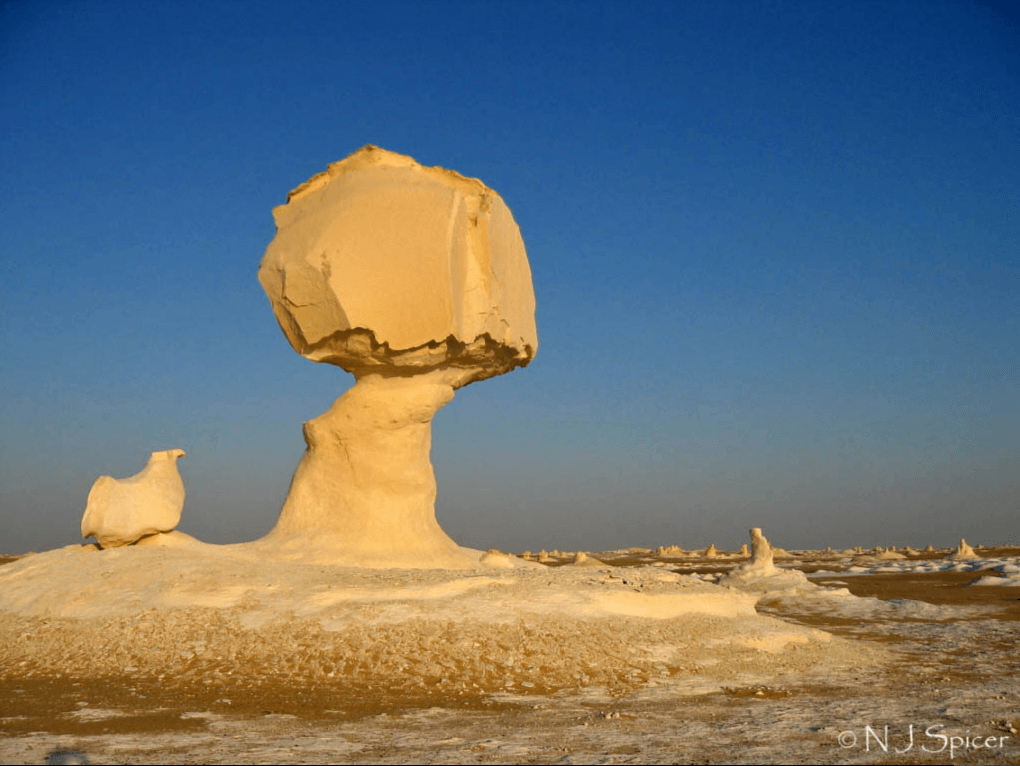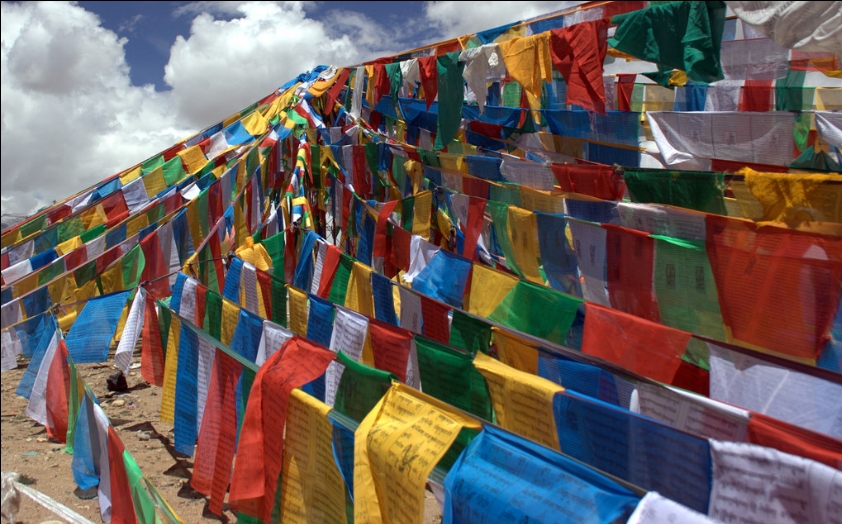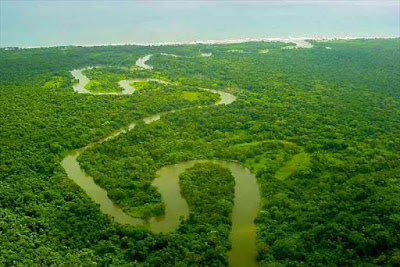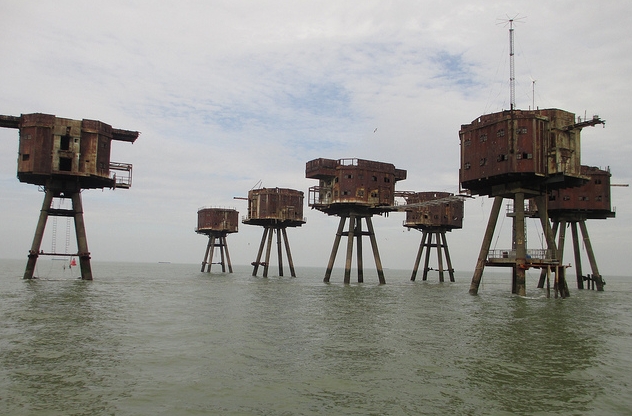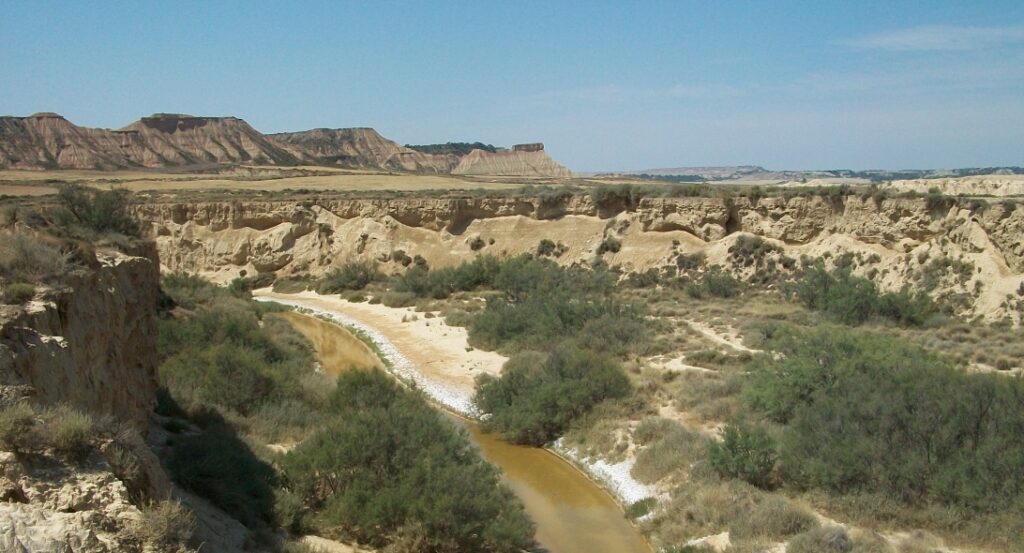The Meenakshi Temple, located in the ancient city of Madurai, is one of the most impressive Indian Hindu temples.
Rebuilt in the 14th century and renovated in the 17th century, the structure is formed by 14 gopurams (gatehouse towers) adorned with several (about a thousand) colourful sculpted pillars, celebrating the Princess Meenakshi and her marriage to Shiva.
Every evening it is represented the symbolic ceremony of the sexual union: Shiva, carried on a silver palanquin, is washed, perfumed, incensed and then taken to Parvati’s room.

